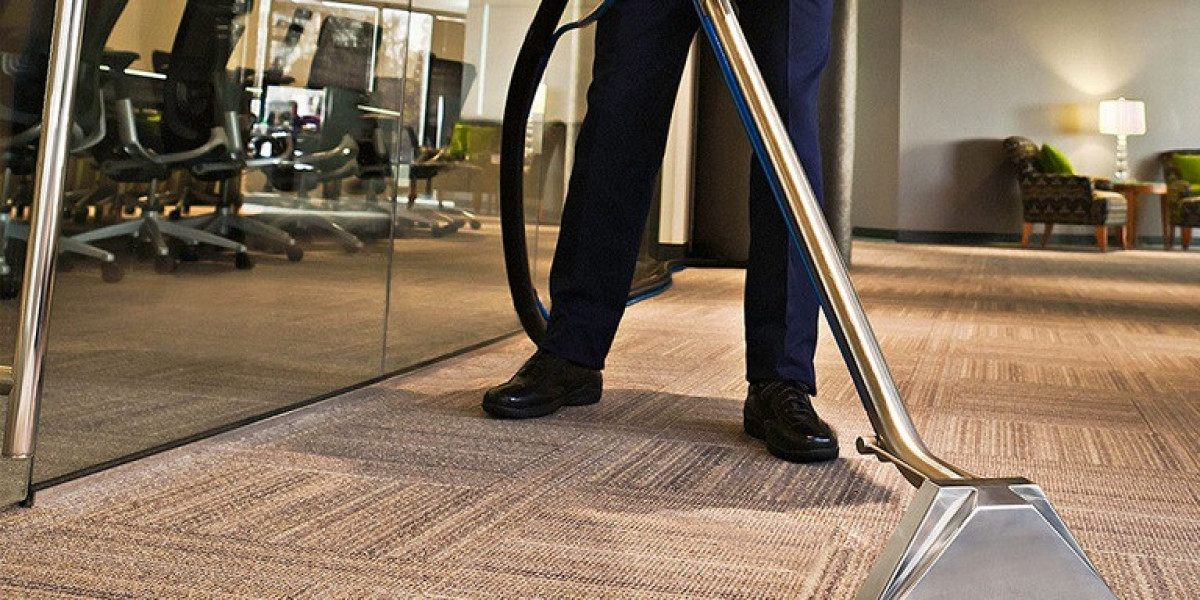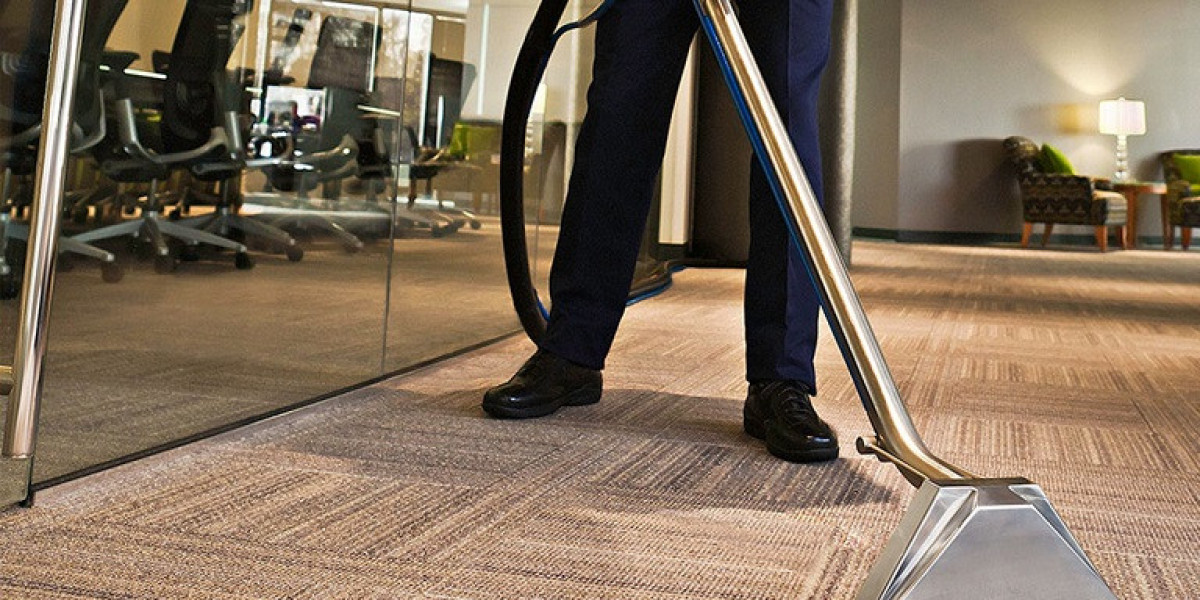Carpets are a popular flooring choice in homes and commercial spaces due to their aesthetic appeal, comfort, and insulation properties. However, carpets can accumulate dust, dirt, allergens, and stains over time, necessitating regular cleaning to maintain their appearance and hygiene. This report explores various aspects of carpet cleaning, including methods, benefits, challenges, and best practices.
1. Importance of Carpet Cleaning
Carpets can trap a variety of pollutants, including pet dander, dust mites, mold spores, and bacteria. Regular cleaning is essential for several reasons:
- Health Benefits: Dirty carpets can negatively impact indoor air quality, leading to respiratory issues and allergies. Cleaning carpets helps eliminate these pollutants, promoting a healthier living environment.
- Aesthetic Appeal: Clean carpets enhance the overall appearance of a space. Stains and dirt can make carpets look worn and uninviting, while regular maintenance keeps them looking new.
- Longevity: Regular cleaning can extend the life of a carpet. Dirt and debris can wear down carpet fibers, leading to premature replacement. Proper care can help preserve the carpet's integrity and appearance for years.
2. Common Carpet Cleaning Methods
There are several methods for cleaning carpets, each with its advantages and disadvantages. The choice of method often depends on the type of carpet, the extent of soiling, and personal preference.
2.1. Vacuuming
Vacuuming is the most basic and essential method of carpet cleaning. It should be performed regularly to remove surface dirt and dust. Key points include:
- Frequency: High-traffic areas may require daily vacuuming, while less frequented areas can be vacuumed weekly.
- Technique: Using slow, deliberate strokes and overlapping passes ensures thorough cleaning.
2.2. Spot Cleaning
Spot cleaning involves treating specific stains as they occur. This method is crucial for preventing stains from setting in. Common spot cleaning agents include:
- Commercial Stain Removers: These products are specifically formulated to target various stains, such as wine, coffee, and pet accidents.
- Homemade Solutions: Common household items like vinegar, baking soda, and dish soap can be effective for spot cleaning.
2.3. Steam Cleaning (Hot Water Extraction)
Steam cleaning, also known as hot water extraction, is a deep cleaning method that uses hot water and cleaning solutions to remove dirt and stains. It is often recommended by carpet manufacturers. Key features include:
- Process: Hot water is injected into the carpet fibers, loosening dirt and stains. A vacuum then extracts the water, along with the dislodged particles.
- Effectiveness: Steam cleaning can remove deep-seated dirt and allergens, making it one of the most effective methods for thorough cleaning.
2.4. Dry Cleaning
Dry cleaning involves the use of specialized cleaning compounds that do not require water. This method is suitable for delicate carpets that may shrink or be damaged by water. Characteristics include:
- Quick Drying: Since no water is used, carpets dry quickly, allowing for immediate use.
- Limitations: While effective for surface dirt, it may not provide the deep cleaning that steam cleaning offers.
2.5. Bonnet Cleaning
Bonnet cleaning is a method primarily used in commercial settings. It involves using a rotary machine with a cleaning pad soaked in a cleaning solution. Key points include:
- Surface Cleaning: This method is effective for removing surface dirt but may not penetrate deeply into the carpet fibers.
- Quick Results: Bonnet cleaning can be completed quickly, making it ideal for high-traffic areas that require minimal downtime.
3. Benefits of Professional Carpet Cleaning
While many homeowners opt for DIY cleaning methods, professional carpet cleaning services offer several advantages:
- Expertise: Professionals are trained to identify the best cleaning methods for different carpet types and stains.
- Advanced Equipment: Professional cleaners use industrial-grade equipment that can achieve better results than consumer-grade machines.
- Time-Saving: Hiring professionals saves time and effort, allowing homeowners to focus on other tasks.
4. Challenges in Carpet Cleaning
Despite its importance, carpet cleaning can present several challenges:
- Stains: Some stains, such as those from red wine or ink, can be particularly difficult to remove and may require specialized treatment.
- Odors: Carpets can absorb odors from pets, smoke, and cooking. Removing these odors often requires thorough cleaning and sometimes the use of deodorizers.
- Maintenance: Regular maintenance is essential to prevent the buildup of dirt and stains, which can be a challenge for busy homeowners.
5. Best Practices for Carpet Cleaning
To ensure effective carpet cleaning, consider the following best practices:
- Regular Maintenance: Establish a routine for vacuuming and spot cleaning to prevent dirt buildup.
- Professional Cleaning: Schedule professional cleanings at least once a year, or more frequently for high-traffic areas.
- Use Appropriate Products: Always use cleaning products that are safe for your specific carpet type to avoid damage.
- Test Cleaning Solutions: Before applying any cleaning solution, test it in an inconspicuous area to ensure it does not discolor or damage the carpet.
Conclusion
Carpet cleaning is an essential aspect of maintaining a clean and healthy living environment. With various methods available, homeowners can choose the best approach based on their needs and carpet type. Regular cleaning not only enhances the appearance of carpets but also contributes to better indoor air quality and longevity. By understanding the importance of carpet cleaning and implementing best practices, individuals can enjoy the benefits of clean, fresh carpets for years to come.







